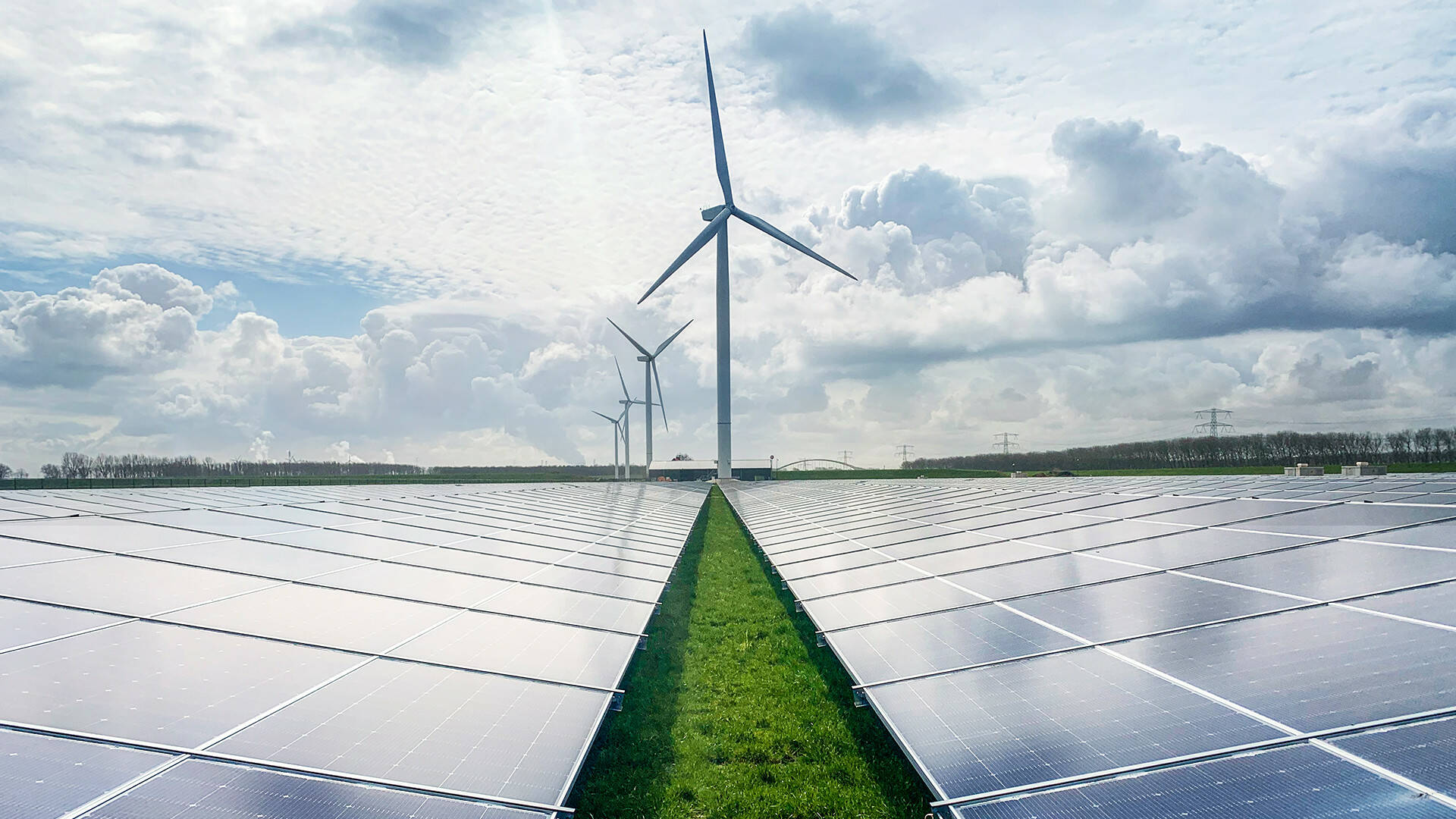
The net zero revolution will be digitalised, says Engie
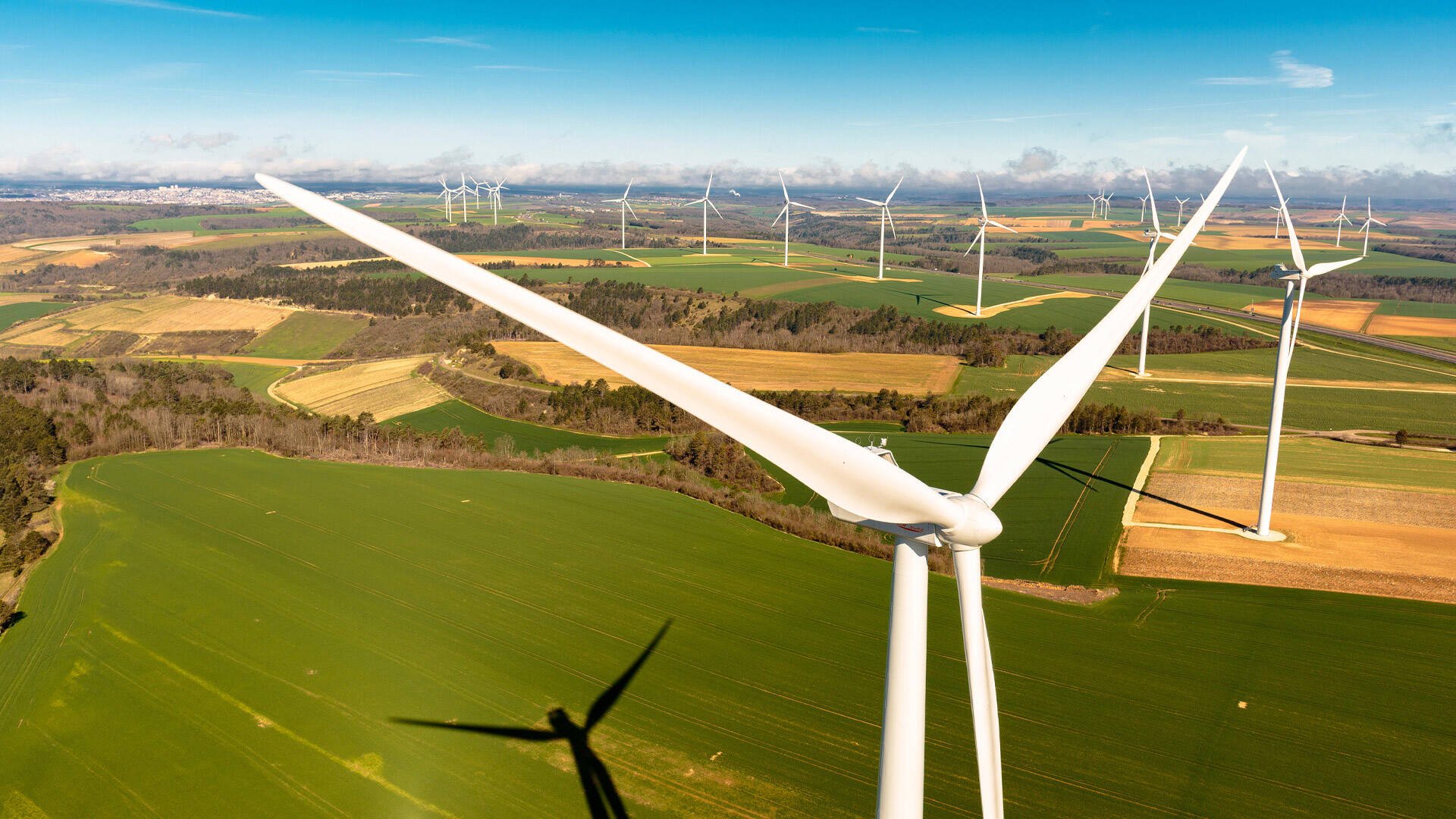
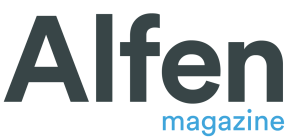

Go to next article

Go back
scroll down

Demand for electricity will continue to increase as a result of growth in EV ownership and, increasingly, electrification of trucks and buses. There is still a lot of work to be done on standardisation of technologies to allow integration and, for example, plugs and roaming. This will happen at individual country level first and then European level, and we will increasingly move away from free service models to paid service. Development of innovative technologies for storing electricity will also continue because it is essential to offer flexibility and, ultimately, we expect to see vehicle-to-grid solutions taking shape.The public network is not developed enough right now and so governments will make significant investments and take the necessary actions to accelerate deployment. As a result, there is a huge business opportunity over the next 5 years. The market will also switch slowly from low power/low speed chargers (22kW) to higher power/fast chargers (50KW to 350KW) because end users will want to charge more quickly. At the same time, demand for modularity of products and solutions will increase, for example, to provide the capability to add power modules to a charger in the future without having to change the infrastructure itself.
What do you think the e-mobility landscape will look like in the future?
We have a business-to-consumer position in some countries but not all. For example, in Italy, we have a contract with car manufacturer, Stellantis, with us supplying and installing charge points related to their new vehicle sales. In France, we also reach consumers through our network of gas and electricity customers. Our platform, 50five, enables us to sell and install charging and broader smart home solutions in various countries in Europe (Belgium, Netherlands and UK etc.).
In the business-to-business market, we sell chargers and green electricity to private businesses and cities. We also draw on the energy efficiency and CO2 expertise that we have gained from our own efforts to become carbon neutral. The breadth and depth of our European position enables us to respond to both global tenders for large customers, at European level, and small business-to-business customers at country level, because of our local proximity, deep understanding of their needs and by extending our existing relationships.
Alfen is one of a select few suppliers we use for EV charging and, in addition to supplying smart charge points, it also provides project support for our various markets and supports our tendering process, which is significant, with over 200 tenders per year, often at short notice. Alfen’s close working relationships with our people in various countries allow it to offer fast and efficient support. In fact, Alfen is good at delivering on time in all areas in which we deal with them.
How are you positioned in the EV charging market and how does Alfen support that?
“ Understanding whether, and how, an asset is operating … is vital for optimisation ”
Can you tell us about the European markets and any differences between them?
We currently have more focus on Western Europe. The main difference I see, especially in the South, for example in Spain, Italy and even France, is that it can be more complicated and harder to achieve things. There is more price focus than in the North, in say Benelux and Germany for example, where it is accepted that paying for higher quality, higher reliability and added value makes sense.
Governments can create barriers to market for certain technologies; for example, in France, it is compulsory for EV chargers to have a MID meter and domestic plug and, in Germany, there is the ‘Eichrecht’ calibration law. To some extent, this is protectionism and you therefore have domestic suppliers conducting the majority of the business in a local country in their specific way when, in reality, the industry desperately needs additional harmonisation across all countries or we all risk wasting time and money reinventing the wheel.
Again, there are lots of different Charge Point Operator/back-office systems on the market and most of them pitched with charge points as ‘plug & play’ but, in reality, it is usually not quite that straightforward. There is often significant work required to integrate the whole which is essential to optimise energy, time and cost. Technology standards like OCPP are what we need but they are still very much evolving.
How will Engie achieve its carbon-free goal and what roles do digitalisation and decentralisation play in this?
We have made a commitment to be a net zero carbon emitter by 2045 and have a clear roadmap for getting there. Our current carbon intensity is c.300g CO2/ kWh and we will primarily reduce this by ceasing, or transforming, all remaining coal production by 2025 in Europe, by 2027 globally and by continuing to invest in renewables. Our goal is to install 4GW of renewables annually for the next 3 years (2022-2025), 6GW per year between 2026-2030 and even higher annual volumes beyond that. Our renewable energy portfolio capacity is 31GW today and will be 80GW in 2030. Part of the challenge is to push more sustainable products to our customers.
We also have a strategy for transforming our gas plants. Depending on their geographical location, we will either switch from natural to green gas as a feedstock, undertake carbon capture and storage or sell plants.
Engie is not just focused on large assets, we also have many small wind and solar interests, for example rooftop solar, and these are decentralised. The only way to effectively control and manage these is digitally and so digitalisation is crucial. Understanding whether, and how, an asset is operating, or what the maintenance and service requirements are real-time, or close to it, is vital for optimisation. We also have smart software tools for cities (example LIVIN’ platform), to help manage things like public lighting, traffic lights, CCTV cameras etc. In addition, we have developed smart software tools for buildings (example VERTUOZ) to analyse and optimise energy consumption (electricity, heating and cooling).
Can you introduce yourself and Engie?
We are a large Group organisation, with a turnover of 55.8 billion euros in 2020, and we have employees worldwide. In May this year we made two major adjustments to our strategy. The first was to simplify the Group and, the second, to focus more on certain geographical locations and so we will streamline our countries of operation to somewhere in the region of 30. Engie has four main activities: thermal energy production and supply to business-to-consumer customers, renewable energy production, networks and energy solutions.
We have both gas and electricity networks. With gas, we serve business and consumer markets and we are significantly building out our electricity network i.e., power lines, in many places, for example, South America. This core business also includes gas storage and LNG (Liquified Natural Gas) regasification.
Our energy solutions business is focused on decentralised and decarbonised energy infrastructure and related services, like district heating and cooling, distributed infrastructures in solar and utilities (electricity and heat), low carbon mobility (biogas, hydrogen, electric), low-carbon cities and public lighting, decarbonisation road maps, energy transition engineering and energy efficiency. We also offer installation activities and technical services like, for example, EV charging infrastructure - which explains our relationship with Alfen.
As a Category Manager, I lead one of the 60 categories we have at Engie. I define the purchasing strategy for the category and Engie’s preferred suppliers. As well as EV charging infrastructure, I am also responsible for purchasing other electrical components like circuit breakers and UPS or, for low voltage networks, terminals (switches, plugs and buttons) and, for example, medium and high voltage transformers and switchgear etc.
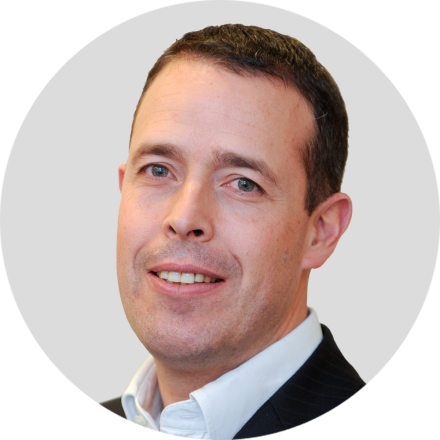
An interview with Cédric Calarnou,
Group Category Manager at Engie
Engie is a French multinational utility. Responsible for provision of energy in upwards of 70 countries, its 170,000 employees span all continents. With a rich history in traditional energy production and distribution, Engie has been through something of a seismic shift since 2014, reducing its fossil fuel activities and disposing of the assets in order to invest in low carbon and distributed energy projects, as part of its aim to achieve net zero carbon by 2045. Its renewable assets include: wind, solar, geothermal, hydroelectric and green hydrogen. The organisation is also heavily focused on services and infrastructure to help accelerate energy transition.
Cédric Calarnou works at Engie’s purchasing headquarters as a Group Category Manager, with responsibility for low, medium and high voltage equipment – one of 60 categories at Engie. We talked to him about the Group’s net zero ambitions and the role of digitalisation and decentralisation in helping to achieve them.
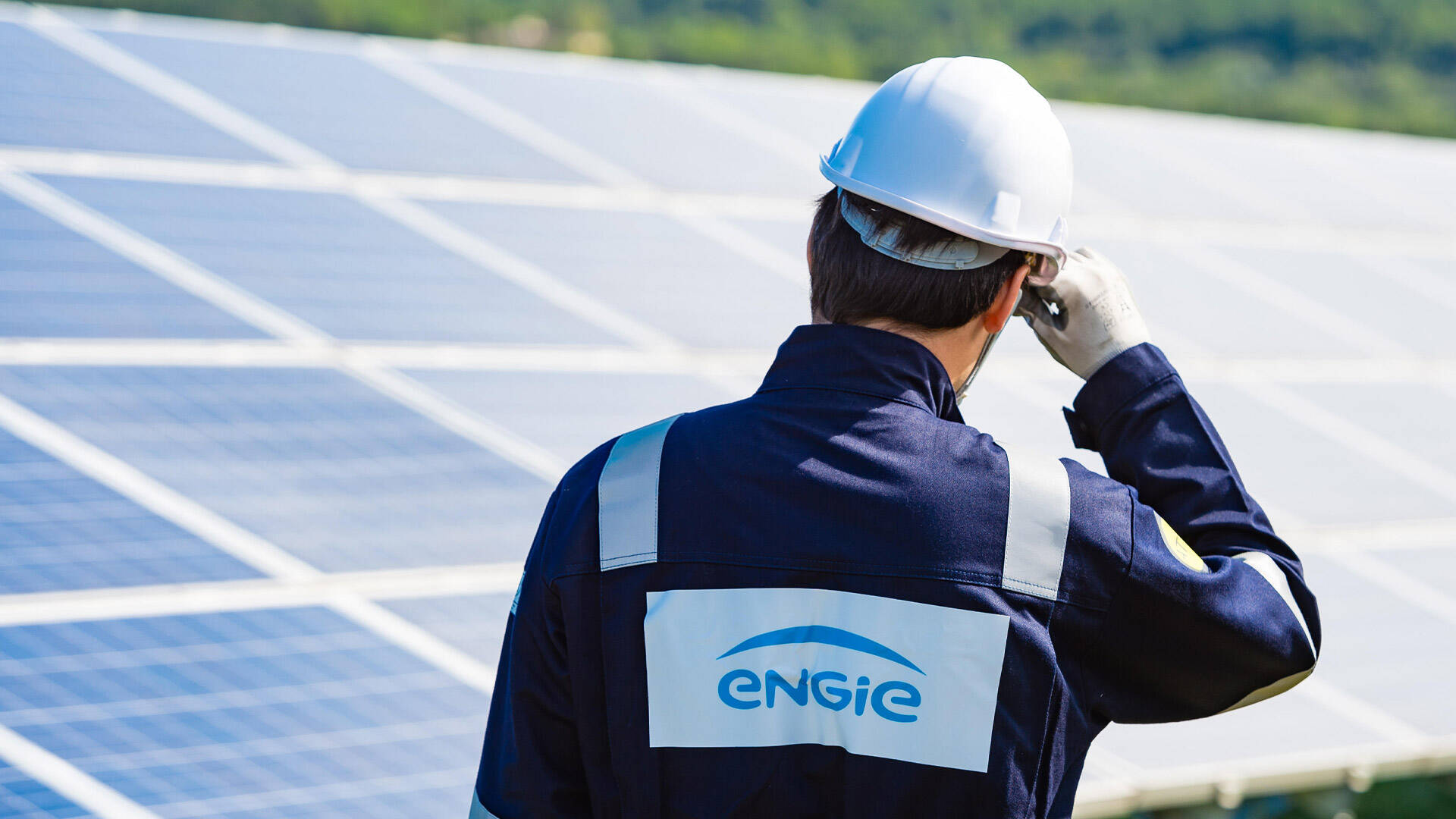

The net zero revolution will be digitalised, says Engie



Go to next article

Go back
What do you think the
e-mobility landscape will look like in the future?
Demand for electricity will continue to increase as a result of growth in EV ownership and, increasingly, electrification of trucks and buses. There is still a lot of work to be done on standardisation of technologies to allow integration and, for example, plugs and roaming. This will happen at individual country level first and then European level, and we will increasingly move away from free service models to paid service. Development of innovative technologies for storing electricity will also continue because it is essential to offer flexibility and, ultimately, we expect to see vehicle-to-grid solutions taking shape.The public network is not developed enough right now and so governments will make significant investments and take the necessary actions to accelerate deployment. As a result, there is a huge business opportunity over the next 5 years. The market will also switch slowly from low power/low speed chargers (22kW) to higher power/fast chargers (50KW to 350KW) because end users will want to charge more quickly. At the same time, demand for modularity of products and solutions will increase, for example, to provide the capability to add power modules to a charger in the future without having to change the infrastructure itself.
We have a business-to-consumer position in some countries but not all. For example, in Italy, we have a contract with car manufacturer, Stellantis, with us supplying and installing charge points related to their new vehicle sales. In France, we also reach consumers through our network of gas and electricity customers. Our platform, 50five, enables us to sell and install charging and broader smart home solutions in various countries in Europe (Belgium, Netherlands and UK etc.).
In the business-to-business market, we sell chargers and green electricity to private businesses and cities. We also draw on the energy efficiency and CO2 expertise that we have gained from our own efforts to become carbon neutral. The breadth and depth of our European position enables us to respond to both global tenders for large customers, at European level, and small business-to-business customers at country level, because of our local proximity, deep understanding of their needs and by extending our existing relationships.
Alfen is one of a select few suppliers we use for EV charging and, in addition to supplying smart charge points, it also provides project support for our various markets and supports our tendering process, which is significant, with over 200 tenders per year, often at short notice. Alfen’s close working relationships with our people in various countries allow it to offer fast and efficient support. In fact, Alfen is good at delivering on time in all areas in which we deal with them.
How are you positioned in the EV charging market and how does Alfen support that?

How will Engie achieve its carbon-free goal and what roles do digitalisation and decentralisation play in this?
We have made a commitment to be a net zero carbon emitter by 2045 and have a clear roadmap for getting there. Our current carbon intensity is c.300g CO2/ kWh and we will primarily reduce this by ceasing, or transforming, all remaining coal production by 2025 in Europe, by 2027 globally and by continuing to invest in renewables. Our goal is to install 4GW of renewables annually for the next 3 years (2022-2025), 6GW per year between 2026-2030 and even higher annual volumes beyond that. Our renewable energy portfolio capacity is 31GW today and will be 80GW in 2030. Part of the challenge is to push more sustainable products to our customers.
We also have a strategy for transforming our gas plants. Depending on their geographical location, we will either switch from natural to green gas as a feedstock, undertake carbon capture and storage or sell plants.
Engie is not just focused on large assets, we also have many small wind and solar interests, for example rooftop solar, and these are decentralised. The only way to effectively control and manage these is digitally and so digitalisation is crucial. Understanding whether, and how, an asset is operating, or what the maintenance and service requirements are real-time, or close to it, is vital for optimisation. We also have smart software tools for cities (example LIVIN’ platform), to help manage things like public lighting, traffic lights, CCTV cameras etc. In addition, we have developed smart software tools for buildings (example VERTUOZ) to analyse and optimise energy consumption (electricity, heating and cooling).
“ Understanding whether, and how, an asset is operating … is vital for optimisation ”
Can you tell us about the European markets and any differences between them?
We currently have more focus on Western Europe. The main difference I see, especially in the South, for example in Spain, Italy and even France, is that it can be more complicated and harder to achieve things. There is more price focus than in the North, in say Benelux and Germany for example, where it is accepted that paying for higher quality, higher reliability and added value makes sense.
Governments can create barriers to market for certain technologies; for example, in France, it is compulsory for EV chargers to have a MID meter and domestic plug and, in Germany, there is the ‘Eichrecht’ calibration law. To some extent, this is protectionism and you therefore have domestic suppliers conducting the majority of the business in a local country in their specific way when, in reality, the industry desperately needs additional harmonisation across all countries or we all risk wasting time and money reinventing the wheel.
Again, there are lots of different Charge Point Operator/back-office systems on the market and most of them pitched with charge points as ‘plug & play’ but, in reality, it is usually not quite that straightforward. There is often significant work required to integrate the whole which is essential to optimise energy, time and cost. Technology standards like OCPP are what we need but they are still very much evolving.
Can you introduce yourself and Engie?
We are a large Group organisation, with a turnover of 55.8 billion euros in 2020, and we have employees worldwide. In May this year we made two major adjustments to our strategy. The first was to simplify the Group and, the second, to focus more on certain geographical locations and so we will streamline our countries of operation to somewhere in the region of 30. Engie has four main activities: thermal energy production and supply to business-to-consumer customers, renewable energy production, networks and energy solutions.
We have both gas and electricity networks. With gas, we serve business and consumer markets and we are significantly building out our electricity network i.e., power lines, in many places, for example, South America. This core business also includes gas storage and LNG (Liquified Natural Gas) regasification.
Our energy solutions business is focused on decentralised and decarbonised energy infrastructure and related services, like district heating and cooling, distributed infrastructures in solar and utilities (electricity and heat), low carbon mobility (biogas, hydrogen, electric), low-carbon cities and public lighting, decarbonisation road maps, energy transition engineering and energy efficiency. We also offer installation activities and technical services like, for example, EV charging infrastructure - which explains our relationship with Alfen.
As a Category Manager, I lead one of the 60 categories we have at Engie. I define the purchasing strategy for the category and Engie’s preferred suppliers. As well as EV charging infrastructure, I am also responsible for purchasing other electrical components like circuit breakers and UPS or, for low voltage networks, terminals (switches, plugs and buttons) and, for example, medium and high voltage transformers and switchgear etc.
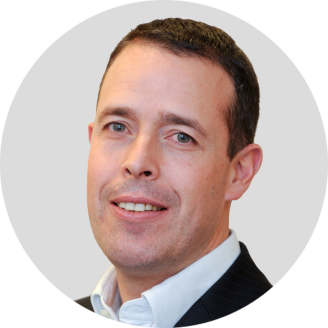
An interview with Cédric Calarnou,
Group Category Manager at Engie
Engie is a French multinational utility. Responsible for provision of energy in upwards of 70 countries, its 170,000 employees span all continents. With a rich history in traditional energy production and distribution, Engie has been through something of a seismic shift since 2014, reducing its fossil fuel activities and disposing of the assets in order to invest in low carbon and distributed energy projects, as part of its aim to achieve net zero carbon by 2045. Its renewable assets include: wind, solar, geothermal, hydroelectric and green hydrogen. The organisation is also heavily focused on services and infrastructure to help accelerate energy transition.
Cédric Calarnou works at Engie’s purchasing headquarters as a Group Category Manager, with responsibility for low, medium and high voltage equipment – one of 60 categories at Engie. We talked to him about the Group’s net zero ambitions and the role of digitalisation and decentralisation in helping to achieve them.




